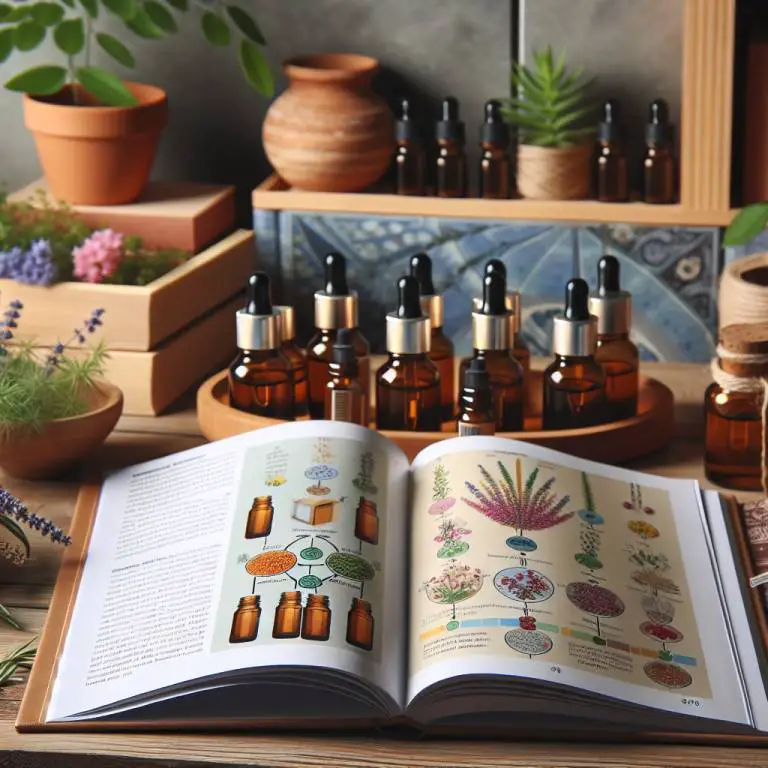How Do Air Purifiers Work?
If you’re looking to buy an air purifier, you might be wondering if they actually work as advertised. After all, air purifiers are not cheap and most come with monthly or quarterly HEPA filter replacement costs. So, in order for the investment to be worth it, an air purifier needs to do a good job of keeping the air in your home clean.
Air purifiers work by pushing air through a series of fine mesh filters and carbon fibers to remove harmful irritant particles before they reach your lungs. A high quality, powerful air purifier is capable of recycling the air of an entire room, or even a whole house, in as little as 30 minutes in some cases (depending on the model and the size of your space). Air purifiers have even been shown in clinical studies to help reduce the symptoms of many respiratory conditions like asthma and environmental allergies as well.
Let’s go into more detail about why air purifiers work, how they work, and finally how to select the best air purifier for your home.
Looking for a review of a good quality air purifier? Check out my review of the Medify Air MA-40 air purifier, the model I use in my home.
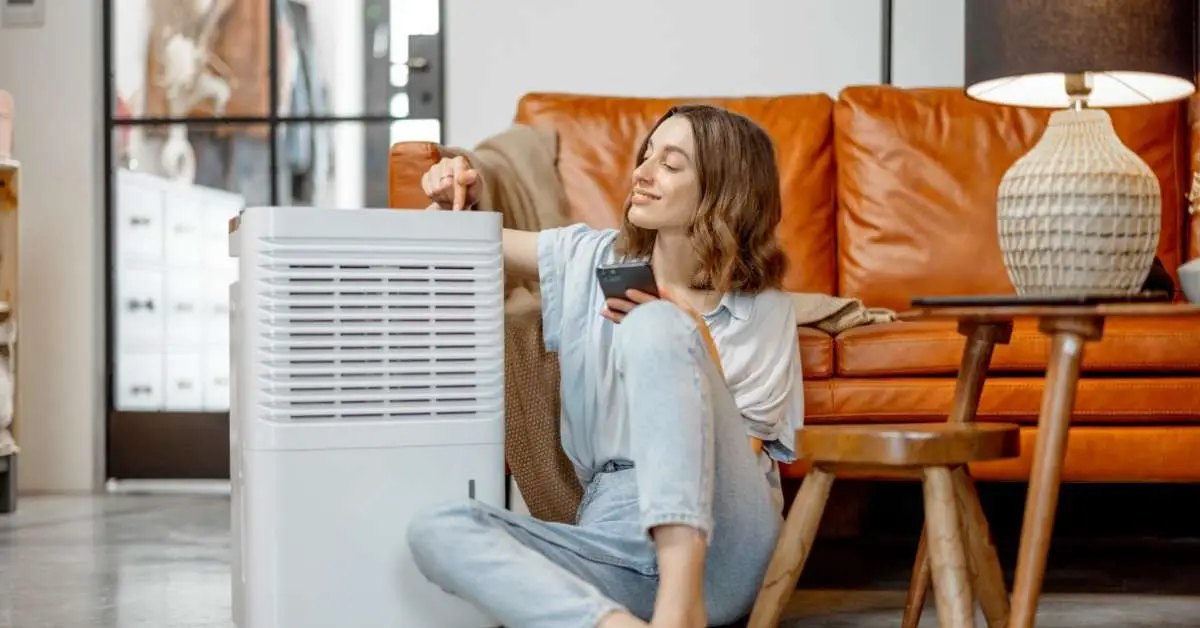
Do Air Purifiers Work?
Before getting into how air purifiers work, let’s skip right to the question most of you are probably wondering anyways. That is, do air purifiers actually work, and is it worth buying one?
Good news – air purifiers actually do work. In fact, air purifiers have been shown to be highly effective at removing particles like dust and mold from the air that cause respiratory issues like allergies, asthma and even poor sleep.
The way an air purifer works is very simple. In most cases, a fan works to pull air through a complex network of filters located at the back of the air purifier. As the air passes through the filters, tiny particles, such as allergens and mold, are trapped in the many layers of fine a fabric and carbon mesh. This clean air is then pushed through the other side of the fan where it can be circulated with the air of your home or office.
Depending on the speed and size of your air purifier, it will clean the air of your home at regular intervals. For example, an air purifier that is certified to clean 800 square feet per 30 minutes means that it will take approximately 30 minutes for all of the air within an 800 square foot space to be cycled through the air purifier. This is why it’s important to select the right air purifier depending on the size of your home, office or even a single room.
Of course, not all air purifiers are created equally, which is why prices of seemingly similar units can vary so widely. Air purifiers work best when they are equipped with H13 or H14 grade HEPA filters. HEPA filters are what do majority of the work cleaning the air that passes through an air purifier and they need to be replaced periodically to keep them working at top efficiency.
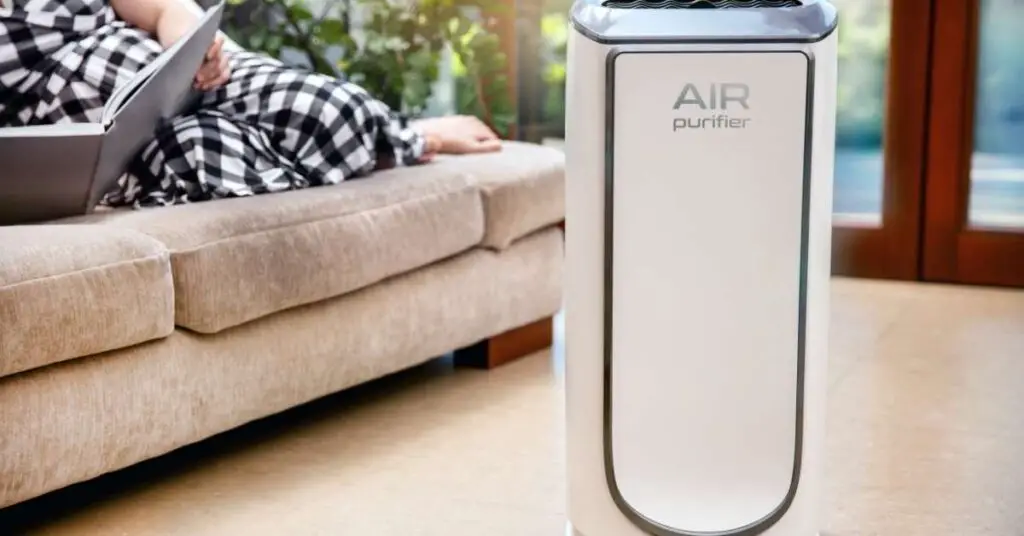
Can Air Purifiers Protect Against Viruses?
While an air purifier with HEPA filtering is capable of removing viruses from the air, it should not be relied on by itself to protect against infection, according to the EPA.
The reason why air purifiers should not be used alone to protect against viruses has to do with the huge variance between the effectiveness of various makes and models, and the sizes of different viruses. For example, a high grade H13 HEPA air purifier can trap particles down to 0.01 microns while some viruses are larger and won’t be caught unless bound to other particles.
Air purifiers work best when made a part of your daily cleaning routine, including disinfecting hard surfaces, dusting and vacuuming. In fact, with regular use an air purifier can reduce the amount of viruses, dust, mold or smoke that builds up on hard surfaces, making the job of disinfecting them even easier.
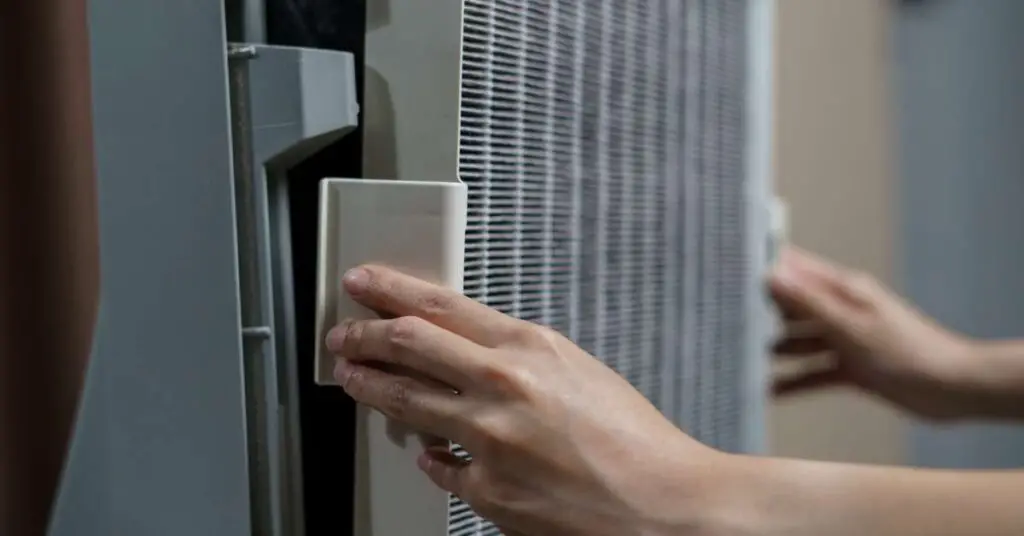
Do Air Purifiers Help With Asthma And Allergies?
Allergens and other particles that build up in our homes are big triggers of both asthma and allergies. These particles can come in the form of dust, mold or even environmental allergens that blow in from outside. Thankfully, research shows that air purifiers do help to reduce the presence of these allergens in the air and therefore can reduce asthma and allergy symptoms.
Even with a daily cleaning routine including vacuuming, dusting and disinfecting hard surfaces, these particles will still be present in the air. This means allergies and asthma can still be a difficult issue to deal with even in the cleanest of homes.
As someone who deals with asthma and environmental allergies, like pollen and dust, I can confirm that a good quality air purifier makes a big difference. When my home is clean and the air has been purified using my Medify Air MA-40 air purifier, there is a noticeable difference in both the freshness of the air and the quality of my breathing. If you’d like to read my review of the Medify Air MA-40 air purifier, you can find it here, although there are other very effective models available for purchase as well.
Of course, an air purifier will not working alone in managing your asthma or allergy symptoms, but it can go a long way when combined with other basic health and hygiene habits.
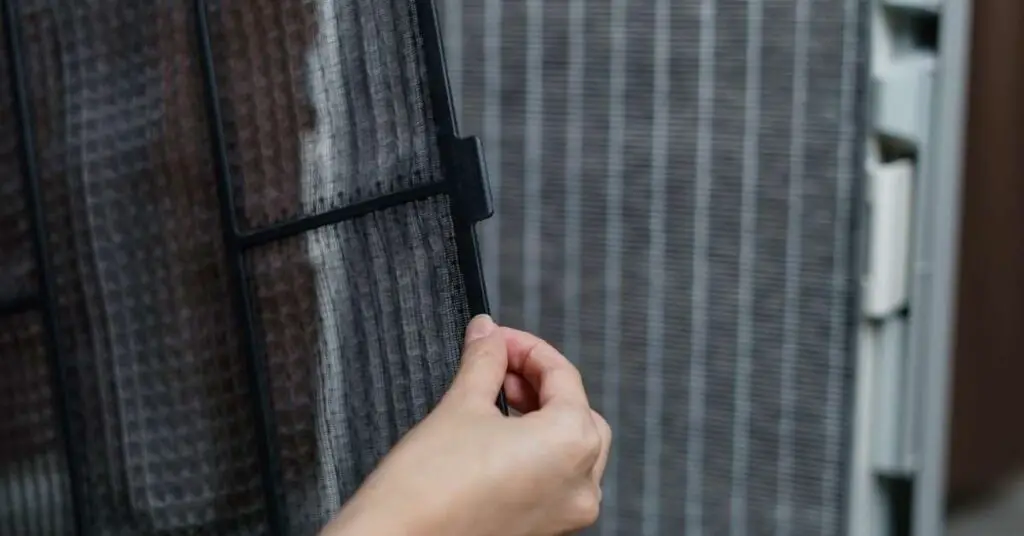
Where Is The Best Place To Put An Air Purifier?
There are two things to consider when deciding where to place your air purifier, the size of the room and the distance between you and the air purifier.
If you’re using your air purifier to clean the air of a large, multi-room home, you need to make sure it has adequate capacity to clean that much air. For example, if your air purifier is only meant to clean the air of a 400 square foot room, placing it in the hallway of a large house will only have minimal benefits, especially in the short term.
In this case, you have a couple of options: purchase a much more powerful air purifier, or place the air purifier in the room where you spend the most time, which is usually either a living room or a bedroom. For even better results, turn on the air purifier and close the door to this room for about 30 minutes. When you return, the air in the room you’ve selected will be noticeably cleaner and fresher.
Something else to consider when positioning your air purifier is the distance between you and the air flow coming from the device. For example, if you spend most of your time sitting on a bed or sofa, make sure the device is close to you and pointing in your direction to make sure you’re always breathing the cleanest air possible.
If possible, it’s best to place your air purifier in a central location of the room and not in a corner or behind furniture. This helps to ensure the air purifier is sucking in all the air of the room and not just a small pocket trapped in a corner. After all, an air purifier is only as effective as it is able to access the air in your home.
Warning: Make sure to only buy an air purifier that is certified “ozone free”. Certain air purifier models that have ionizer features produce a byproduct called “ozone”, an irritant gas that can make asthma symptoms worse in some people. The Medify Air MA-40, for example, is ozone free and will not release any potentially irritating gases.
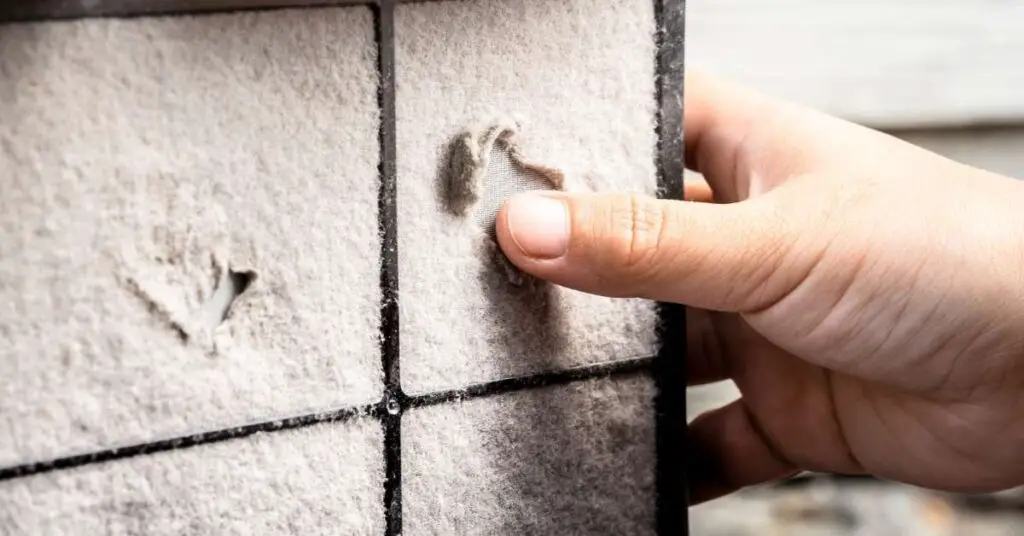
Should I Sleep With An Air Purifier On?
Perhaps the most important time we spend in our homes is when we’re sleeping. This is when our bodies rest, recuperate and heal from whatever wear and tear we go through during the course of a day. But the quality of our sleep is in many ways dictated by the quality of the air we breathe throughout the night, which is where an air purifier comes into play.
I personally recommend running your air purifier 24 hours each day – this is what I do and it works well for me. As long as you don’t mind the energy consumption and are OK with replacing your HEPA filters more often, there really is no reason not to keep it running continuously, especially at night when it’s most useful.
However, if for whatever reason you cannot leave your air purifier running continuously, you should run it at night while you sleep. To do this, I recommend putting the air purifier in your bedroom and turning it on about an hour before you go to sleep, preferably with the door closed. This will ensure that the air you’re breathing in your bedroom is completely clean and clear of allergens while you sleep and help you wake up feeling well rested and refreshed.
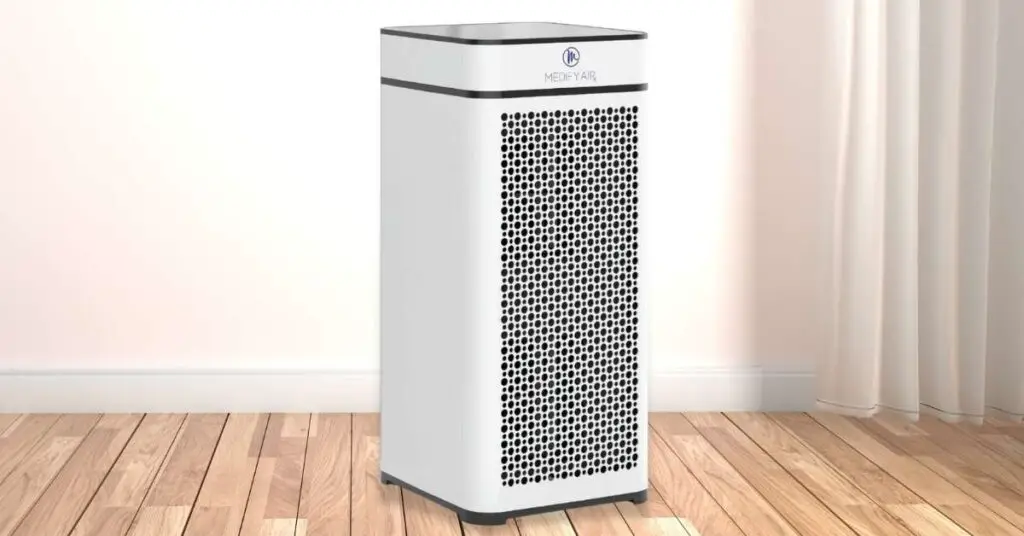
What To Look For When Buying An Air Purifier
There are a several things to look for when purchasing an air purifier, specifically the size of your room, the HEPA rating, and filter replacement costs. Let’s go over a few of those things now.
Buy an air purifier with at least H13 grade HEPA filters
The core function of an air purifier is carried out by its filters, and each type of filter is rated to trap different sized particles. The air purifier I use, for example, is rated as an H13 grade HEPA filter, which means it’s capable of catching particles in the air as small as 0.1 microns in size. H13 grade HEPA filters, or greater, are good enough to filter out almost all of the most common particles in the average home, such as allergens, smoke, dust, mold and even some viruses and bacteria.
Tip: Only buy H13 or H14 grade HEPA filters as these are the only kind guaranteed to filter the tiniest particles from the air. Air purifiers marked as simply “HEPA” will not work as efficiently or completely purify your home’s air as ones grades at H13 or H14.
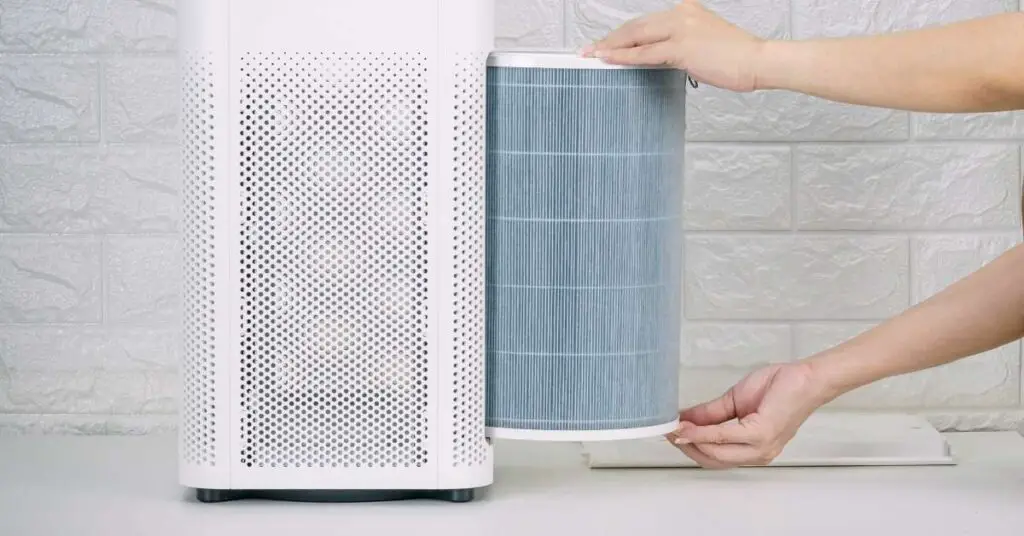
Buy the right air purifier based on the size of your home or room
Another very important thing to look for when buying an air purifier is the size of the room you intend to use it in. I’ve mentioned this already but it bears repeating – your air purifier will only be effective if you purchase one appropriate for the size of your space. The air purifier I use, the MA-40, is powerful enough to clean all of the air inside my apartment within 30 minutes. Make sure when you buy an air purifier to choose one suitable for your needs, or even several smaller air purifiers dedicated to certain rooms.
Consider the cost of replacing the HEPA filters
Unfortunately, good quality HEPA filters are not re-useable or washable (yet), which means you’ll need to replace them at regular intervals depending on how often you use them. You need to consider the cost of an air purifier as not just the price tag on the unit itself but the monthly or quarterly cost to purchase new HEPA filters as well.
The cost of replacing your HEPA filters will vary depending on the model you choose, but you’ll find that the the lower priced filters either don’t work as well or need to be replaced more often than slightly more expensive ones.
Replacements for the unit I use (the Medify Air MA-40) costs $30 every 3-6 months with a subscription, which really isn’t that expensive at all, especially when you consider the quality of life improvements that it brings.
Ultimately the choice is up to you, but I would advise you to not simply purchase the air purifier with the least expensive filter replacements because you won’t get the full benefits a good quality model can bring.
Related Posts:
- Medify Air MA-40 Review
- Air Purifiers For Asthma: A Complete Guide
- Are Air Purifiers Good For Asthma?
Related Questions:
Do Air Purifiers Clean A Whole Room?
An air purifier will clean the air in a whole room, assuming you’re using the right air purifier. For example, if you’re using a small, less powerful air purifier, it may take longer to clean a whole room, or it might not clean it completely at all. This is why it’s so important to purchase an air purifier that matches the square footage of the room you intend on using in.
Do Air Purifiers Cause Problems?
A good quality air purifier with proper HEPA filters installed should not cause any problems at all. However, some air purifiers produce what’s known as “ozone”, an irritant gas, that may cause problems for some people such as sore throats, coughing and wheezing. People with asthma are particularly susceptible to the effects of ozone. Thankfully, nearly all modern air purifiers are “ozone free”, which means they don’t produce any ozone as a byproduct of ionization.
Can Air Purifiers Kill Viruses?
Modern air purifiers with high quality HEPA filters are capable of trapping airborne viruses, especially when they are bound to other particles like water. However, even the best H13 or H14 grade HEPA filters are only able to trap particles down to 0.1 microns in size while many viruses are actually smaller. For this reason, air purifiers can be an important part of controlling the spread of viruses when combined with regular disinfecting of hard surfaces and proper ventilation, but they only have limited effectiveness when used alone.
How Do I Tell If An Air Purifier Is Working?
An air purifier has two main functions that make it work: a fan and a filter. If both of these functions are in good working order, the air purifier should be working. To check that the fan is working, place a piece of tissue paper near the intake in the back – if it sticks, then the fan is working properly. Finally, take a look at the HEPA filters to see if it needs replacing – as long as it isn’t caked in dust, and air can flow through it freely, your air purifier is working.
How Do I Find The Best Air Purifier?
To find the best air purifier, look for one with H13 or H14 grade HEPA filters. H13 and H14 grade HEPA filters are capable of catching even the smallest particles floating in the air. You should also buy an air purifier from a brand you trust so you know their claims are accurate. The air purifier I use and recommend is called the MA-40 by Medify Air.



